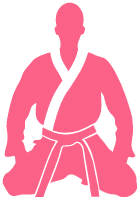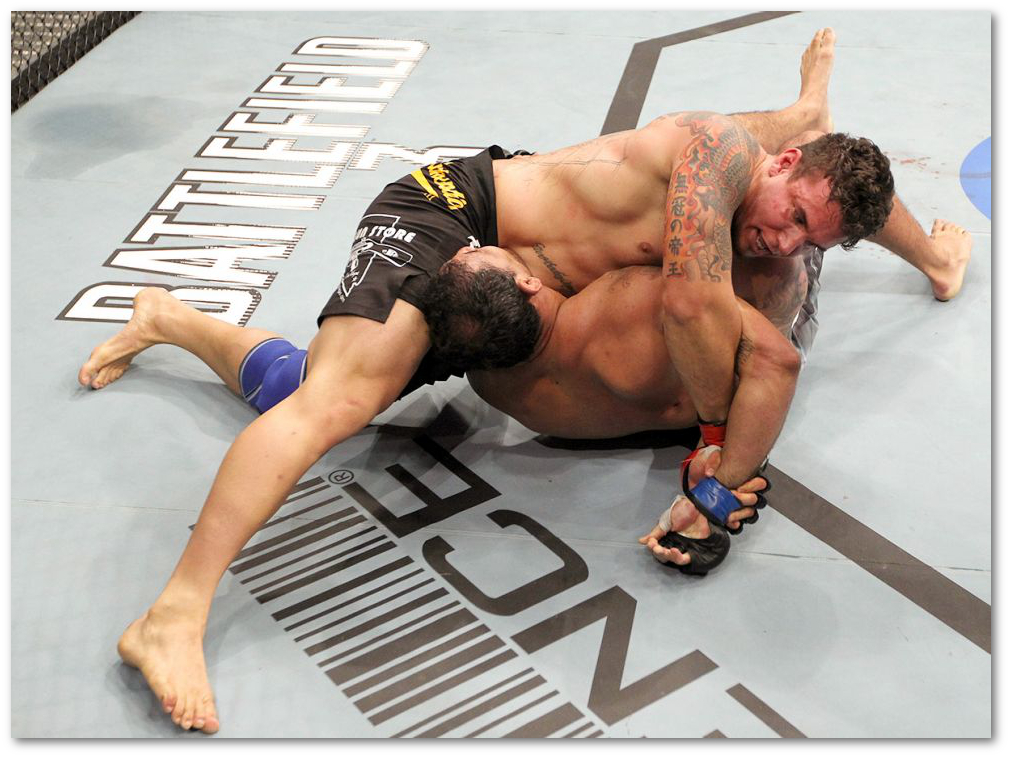The kimura is a powerful submission technique that can be used to finish a wide range of opponents in jiu jitsu. It involves locking your opponent’s arm behind their back and applying pressure to their shoulder joint until they submit. In this article, we’ll take a closer look at the kimura and provide you with a step-by-step guide on how to finish it successfully.
Understanding the Kimura
The kimura is a shoulder lock submission that involves using your arms to isolate and control your opponent’s arm. It can be set up from various positions such as side control, mount, or from standing. The kimura is a versatile submission that can be used to attack the shoulder joint, wrist, or elbow.
Setting up the Kimura
Getting into a good position is key to setting up the kimura. You should focus on controlling your opponent’s body while you work to trap their arm. To trap your opponent’s arm, you should use your legs, hips, or arms to secure it. Once you have trapped your opponent’s arm, you should secure your grip by placing your hand on your wrist.
Applying Pressure
To apply pressure, you need to use your body weight to control your opponent’s movements. Maintaining a tight grip on your opponent’s arm will also help you control their movements. You should create leverage by rotating your opponent’s shoulder, which will increase the pressure on their shoulder joint.
Breaking Your Opponent’s Grip
Your opponent will try to defend against the kimura by holding onto their own arm, wrist or hand. You can use various techniques to break your opponent’s grip such as prying their fingers apart, pulling their arm away from their body, or using your free hand to grip their wrist. If your opponent manages to regain their grip, you can adjust your position to maintain control and continue working towards the submission.
Finishing the Kimura
To finish the kimura, you should apply steady pressure to your opponent’s shoulder joint until they submit. Keeping a tight grip on your opponent’s arm throughout the submission will help to prevent them from escaping. You should be aware of your opponent’s body language and tap out when they submit.
Drilling the Kimura
Practicing the kimura is key to improving your technique and timing. You can drill the kimura from various positions and incorporate it into your sparring sessions. By practicing the kimura regularly, you will develop muscle memory and be able to execute the technique more effectively in live situations.
Hey there! Just a heads up that some of the links in this post are affiliate links, which means that if you click on them and make a purchase, I may earn a commission. But don’t worry, it won’t cost you anything extra – in fact, you might even get a sweet deal! Plus, every purchase made through one of these links helps support my blog and keep the content coming. So, if you do decide to make a purchase, thank you so much for your support – it means the world to me!
All the best,
Will








Pingback: Don’t Get Triangled Up: How to Escape the Triangle Choke in BJJ – Jiu Jitsu Hub
Pingback: Get Out of the Kimura Trap with These Simple Techniques – Jiu Jitsu Hub
Pingback: The Granby Roll: A Must-Know Move in Jiu Jitsu – Jiu Jitsu Hub
Pingback: Mastering the Electric Chair Sweep: A Step-by-Step Guide – Jiu Jitsu Hub